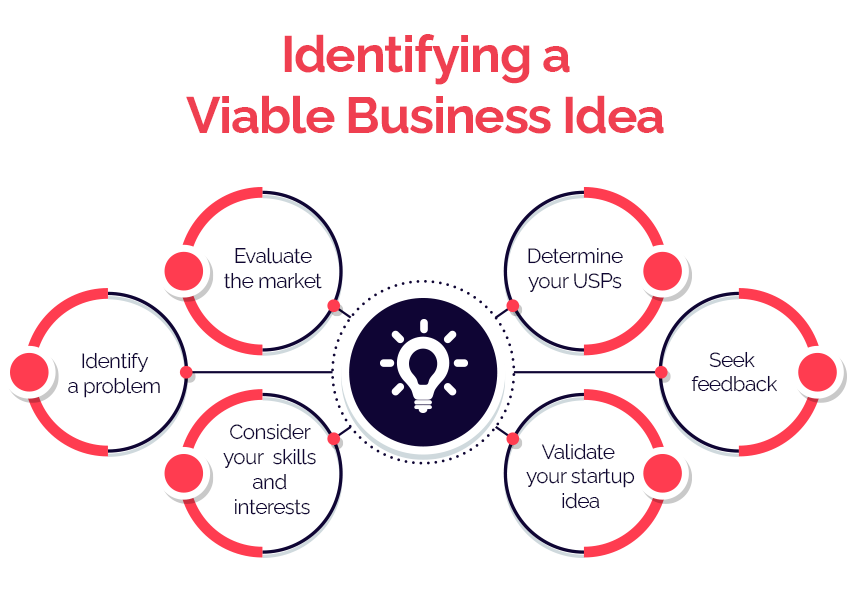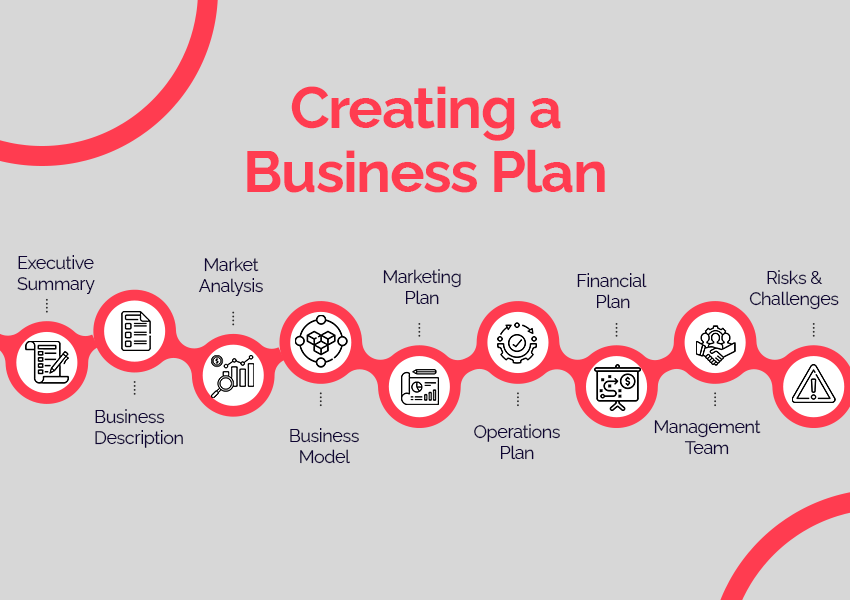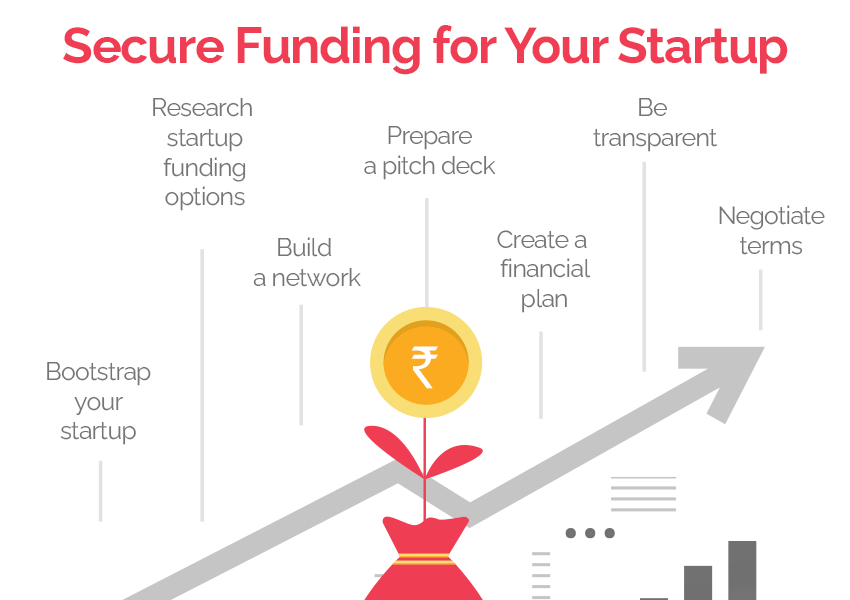Identify a Viable Business Idea

Before starting your business, you need to have a viable business idea. This involves doing market research and identifying a need in the market that your business can fulfill. It requires a combination of creativity, market research, and critical thinking. Here are some steps to help you identify a viable business idea:
Identify a problem: Start by identifying a problem that people or businesses face in their daily lives. You can conduct market research, surveys, or interviews to determine the most common problems that people face. Once you have identified a problem, think about how you can solve it.
Evaluate the market: Once you have identified a problem, evaluate the market to determine whether there is a demand for a solution. You can use online tools to research market trends, customer behavior, and competition.
Consider your skills and interests: Think about your skills and interests and how they can be used to solve the problem. If you have a passion for something, you are more likely to succeed because you will be motivated to work hard and stay committed.
Determine your unique selling proposition (USPs): Identify what makes your idea unique and how it can differentiate from existing solutions. Determine what value proposition your idea can offer to the market.
Validate your startup idea: Before launching your business, test your idea to see if it will work. You can create a prototype or minimum viable product (MVP) to test with a small group of potential customers.
Seek feedback: Seek feedback from potential customers, friends, family, and mentors. Listen to their opinions and use their feedback to refine your idea and business plan.
Create a Business Plan

Once you have a viable business idea, it’s time to create a business plan. This includes defining your business model, outlining your product or service offerings, and developing a marketing strategy. Here are some steps to help you create a business plan:
Executive Summary: This is a brief summary of your business idea, the market you will serve, and your financial projections.
Business Description: Describe your business and explain why you believe it will be successful. Include information about your industry, target market, competition, and unique value proposition.
Market Analysis: Conduct market research to understand your industry, target market, and competition. Identify your target customers, their needs, and their buying behavior.
Business Model: Explain how your business will make money, including your revenue streams, pricing strategy, and sales channels.
Marketing Plan: Develop a marketing strategy to attract and retain customers. This can include branding, advertising, social media, and other promotional activities.
Operations Plan: Describe how your business will operate, including your production process, supply chain, and staffing plan.
Financial Plan: Include financial projections, such as income statements, cash flow statements, and balance sheets. This should include startup costs, revenue projections, and a break-even analysis.
Management Team: Introduce your management team and their skills and experience. Highlight any advisors or mentors who will support your business.
Risks and Challenges: Identify potential risks and challenges that could impact your business and explain how you plan to mitigate them.
Secure Funding

To get your startup off the ground, you’ll need to secure funding. This can come from a variety of sources, including angel investors, venture capitalists, or crowdfunding. Check out a detailed explanation of how Startup Funding works and landing your first investor. Here are a few steps to kickstart your funding journey.
Bootstrap your startup: Before seeking external funding, consider bootstrapping your startup by using your own savings or borrowing from friends and family. This can help you build a proof of concept and attract early customers.
Research startup funding options: There are several types of startup funding options available, including seed funding, venture capital, angel investment, and crowdfunding. Research each option to determine which is the best fit for your startup.
Build a network: Attend networking events and pitch your startup to potential investors. Build relationships with investors who share your vision and are interested in your industry.
Prepare a pitch deck: Develop a pitch deck that highlights your business idea, target market, competition, financial projections, and growth potential. Your pitch deck should be concise, engaging, and visually appealing.
Create a financial plan: Create a detailed financial plan that outlines how you will use the funding and how you plan to generate revenue. Investors want to see a clear plan for how their investment will be used and how it will generate returns.
Be transparent: Be transparent about your business and its challenges. Investors want to work with entrepreneurs who are honest and open about their business.
Negotiate terms: Once you have secured funding, negotiate terms with investors that are favorable to your startup. This includes equity, board representation, and exit strategies.
Build your Team
No startup can succeed without a strong team. You’ll need to hire employees who are passionate about your business and share your vision.
Identify your staffing needs: Determine the roles and responsibilities you need to fill based on your business plan and goals. Create a job description for each job role.
Develop a recruitment strategy: Determine where and how to recruit potential candidates. This can include job boards, social media, referrals, and networking events.
Offer a competitive compensation package: Offer a competitive compensation package that includes salary, benefits, and equity. Be transparent about the compensation and the expectations for the role.
Provide ongoing training and development: Provide ongoing training and development opportunities to help your team grow and succeed.
Launch and grow your Business
Once you’ve completed the previous steps, it’s time to launch your business and start growing it. This requires a combination of planning, execution, and continuous improvement. Once you’ve launched, focus on creating a strong brand identity that will help you position your business well in the market. With dedication and a solid growth strategy, your business can thrive over time.




